
When providing patient care, a team effort is essential to obtain positive therapeutic outcomes, as well as a favorable patient perception of the dental treatment rendered. It is critical that a dentist be supportive of his or her staff when interacting with patients to achieve these two goals.
Photo Credit: yoh4nn / E+
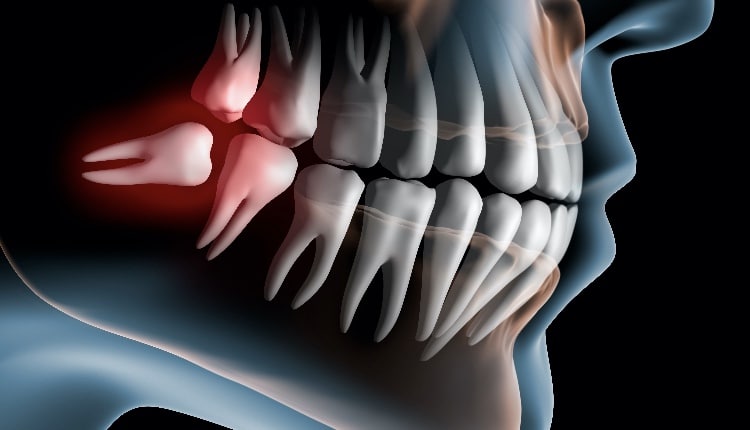
Biological Systems Are Unpredictable
Dealing with any biological system is never completely predictable. In simple terms, no matter how hard we try, our best efforts do not always achieve our desired results. That is why they call it the practice of dentistry. Recognizing this clinical reality comes from experience and careful analysis of various previous therapeutic outcomes.
Photo Credit: peterschreiber.media / iStock / Getty Images Plus
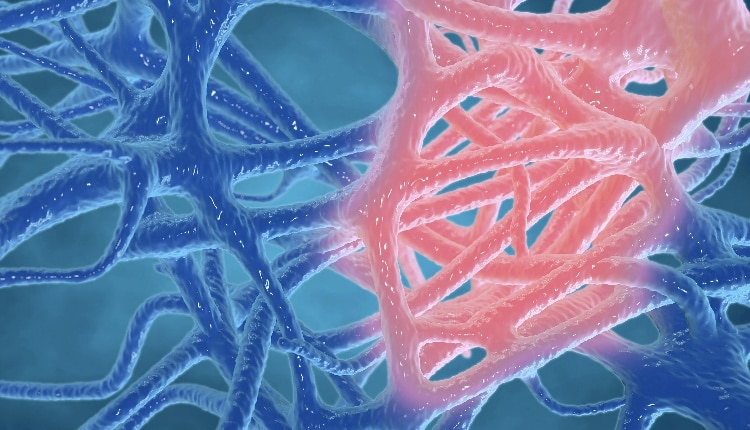
Inflammation
Inflammation can occur in pseudo-pockets (or even in a pocket resulting from attachment loss) in spite of our best efforts. In addition, the dental team would look to resolve the situation and make every effort to ensure the patient was satisfied and comfortable. The dentist could have proposed solutions to resolve the inflammation, such as provide a review of increased subgingival oral hygiene measures, including rubber tipping and the use of a subgingival irrigator.
Photo Credit: image_jungle / iStock / Getty Images Plus
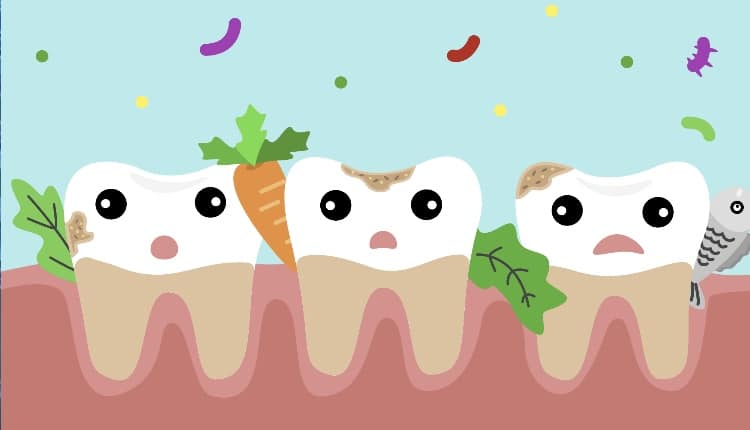
Is Food Impaction the Problem?
Re-examining the area to see if any food impaction had occurred—such as a seed or a popcorn hull—is beneficial. Also, re-instrumentation with an ultrasonic device at no additional fee to the patient could also be implemented.
Photo Credit: Surachet99 / iStock / Getty Images Plus
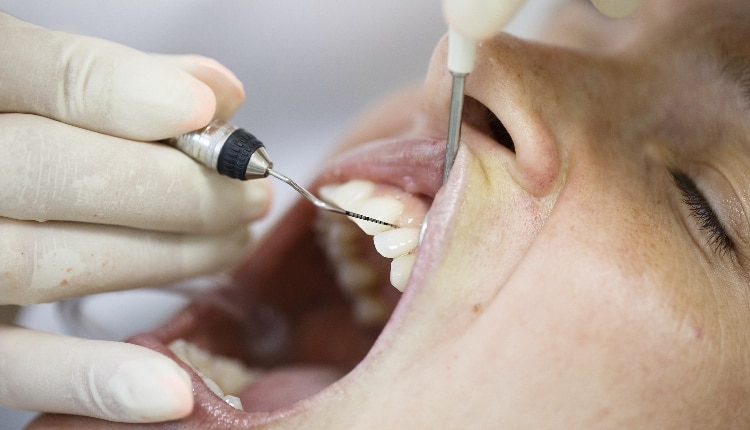
Pseudo-Pockets
A pseudo-pocket can alternatively be described as delayed or altered passive eruption. In this clinical situation, excess gingival tissue is present and adjacent to enamel. Initially, the excess gingival tissues are attached to the enamel when the tooth has completed eruption and comes in contact with the opposing tooth. Over time, the soft tissue may separate from the adjacent enamel surface. It cannot, however, reattach to the enamel, as gingival tissues can only form reattachment to root surfaces. In other words, debridement in this clinical scenario—no matter how thorough—will not result in the reattachment of detached gingival tissue to enamel. It will continue to exist as a pseudo-pocket collecting subgingival bacteria and requiring careful maintenance. Also, patient self-care is typically less than optimal when cleaning lower second molars, particularly on the lingual aspect. If excess gingival tissue is present, self-care becomes even more difficult.
Photo Credit: zlikovec / iStock / Getty Images Plus
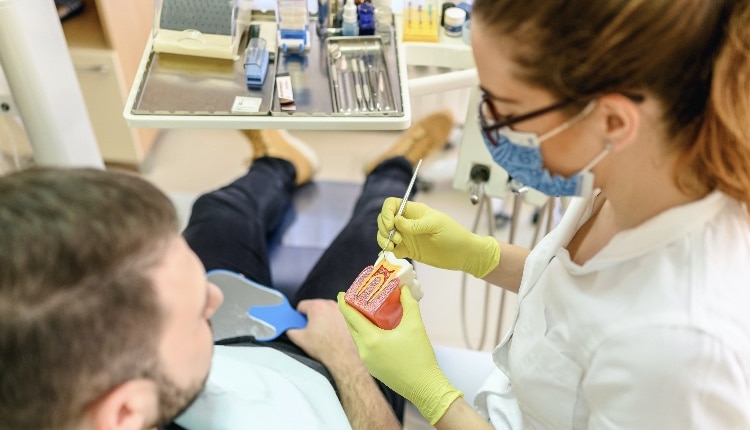
Patient Education
Information regarding the local periodontal anatomy should be explained to the patient in simple terms so he or she can better understand the problem. In my experience, patients want to be cared for by therapists who communicate, as they work in a unified team effort to help them achieve dental health.

